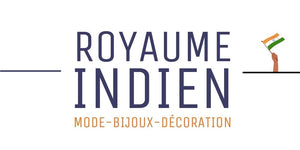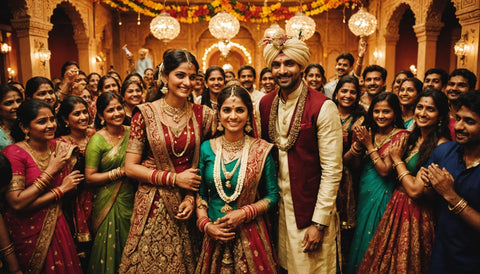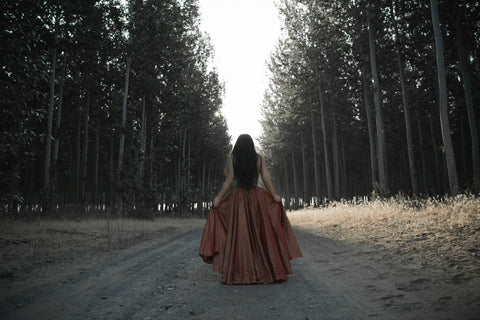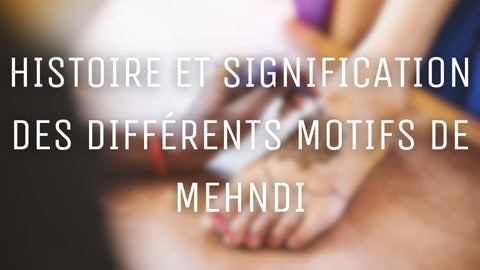
Hindus symbols in Indian culture
of reading
Symbols are an easy way to reflect complex ideas. Hinduism is symbolized more particularly by the sign or mark of OM, Svastika, Tilak, etc.
The Hindu Sacred Symbols are considered very conducive in Indian culture and displayed in houses, workplaces, temples, etc. to invoke good fortune.
THE BINDI SIGN
This symbol is a distinctive sign that you will find in the beauty of the woman in India. It is indeed a Red point. You will see it on many women. The sign is usually between the eyebrows. It is simply about a fairly visible red point. Women in their vast majority wear it.
In reality, it is a brand that allows to recognize a married woman others. the Bindi is a powder that is designated by Kumkum in the Indian tradition. You will sometimes see some singles also carry this brand.
It should not be confused since the latter reach by a single woman is not made with kumkum. It is then one of the most sacred symbols of the Indian tradition and especially a married couple religiously.

The Yantra sign
Yantra is a sign that Hindu usually use for meditations. This sign is usually made of animals, landscapes and characters, so that Hindu, Buddhists and Indians use it in the same way. The purpose of these representations in Indian, Buddhist or Hindu culture is to strengthen its intuitive intelligence.
That is, the careful observation of this sign pushes your degree of interpretation to a deep and metaphysical analysis. One of the most used Yantras in India represents a square having at its enclosure of the doors each representing the cardinal orientations.
This square also includes three circles whose shape refers to that of a lotus of eight, sixteen and thirty petals. This square also has nine triangles. The interpretation of the figure is then made according to the culture of each of the Indian, Hindu and Buddhist religions.

The symbol of Svastika
The interpretation of this Indian brand simply refers to well-being. It is a symbol that indicates the presence of cosmic forces. It is one of the oldest symbols of humanity since it dates from nearly 4000 years before Jesus Christ.
It has been introduced in many cultures including those of Indians and Vikings. It should also be noted that it is a brand that represents a sad celebration because it has also been used by the Nazis. He was qualified as a symbol of "aryanity".

Indian greeting
A big sign of respect in the Indian tradition is the salutation. This is the courtesy gesture par excellence in India. He means hello or goodbye. It is not used alone. You must accompany it with greeting "Namaste" By making a small inclination of the head forward.
The religious interpretation of this type of greeting is simple. It just indicates respect for the God and the soul embodied by the person receiving your salvation. It is imperative to adopt this greeting to easily integrate into Indian culture.

Lotus symbol
the Lotus symbol has a very important place in Indian culture. It is indeed associated with the creation of humanity. That's why in Indian mythology, this flower often appears on representations.
The gods Or the goddesses are most often in the company of this flower to indicate their supremacy. It is therefore the sign that makes it possible to identify in the Indian culture a divinity.

The symbol of the Banyan tree
This is a longerevity mark. The tree shows a certain life. The sign is also interpreted as the Indian tree of life. To further materialize their belief in this sign, Indian women use it to strengthen their marriage union.
Indeed, they use this tree to increase the longevity of their husband with a white wire attached to a tree trunk. It is therefore one of the very important brands of Indian spousal life.

The symbol of multiple arms and heads
This symbol actually means the Protection of the gods on the Indians. In reality, the fact that this sign has many arms and several heads indicates the faculty of divinity to meet in several places at the same time.
This representation is often addressed to three great Indian deities. These include:
- God Brahma which is the god of creation;
- Of Shiva who is the God of destruction and
- Of Vishnu who is the God of protection.
This representation therefore highlights these three powers of creation, protection and destruction in Indian civilization.

The sign of the cow
Compared to other cultures, the cow is one of the most sacred animals in India. It is formally forbidden to consume the meat or repel the animal itself.
When a cow is on your way to India, you just have to take patience until it turns.
In fact, in Indian culture, the cow is considered a universal mother. So we have to be subjected to him and give it the priority over everything. This is one of the strictest rules in India. It should then be observed scrupulously.

The symbol of the color of saffron
Saffron is a sacred color in the Hindu culture. She is also a representation of India and religion. For proof, this color is materialized on the Indian flag on its upper band.
Saffron represents the dominance of the religion of the Indian Union. It is therefore necessary to carry high this color on the Indian territory in order to honor the culture and nationals of this nation.

The om symbol
It is a symbol or syllable called in Indian culture Sanskrit. It is also called "Mantra Primordial" or "Pranava mantra" The interpretation of this syllable in Hindu culture comes from the fact that it is the sound that led to the formation of the universe.
This is the reason why you will see the use of this sound at the beginning of many Indian prayers. Hinduers in the majority use this serious sound in order to create an important spiritual emotion in the human person. This emotion is at the place of the primitive senses of man.

The symbol of henna
The symbol of henna is actually a tattoo. He is still called mehndi. It is a very important symbol in Indian marriage. It must be done on the bride by the close relatives.
The Indian tradition requires it to be the mother-in-law of the bride who is the first to execute the tattoo on her daughter-in-law. It is a very long tradition.
It can take up to 8 hours of decoration. The goal is to guarantee the success of the marriage of the future couple. Henna is also found in many other traditions like that Moroccan. It is especially the Islamic religion that has also adopted among many of its practices.
These symbols characterize the essence of Indian culture in a way. It would therefore be necessary to integrate them in this society.



















